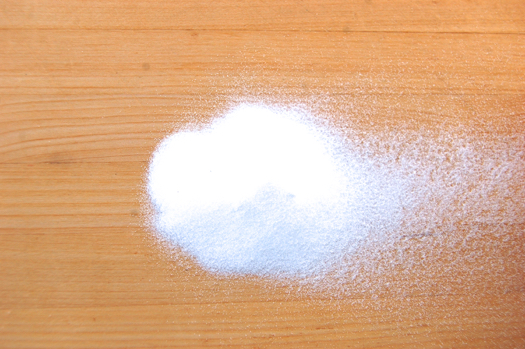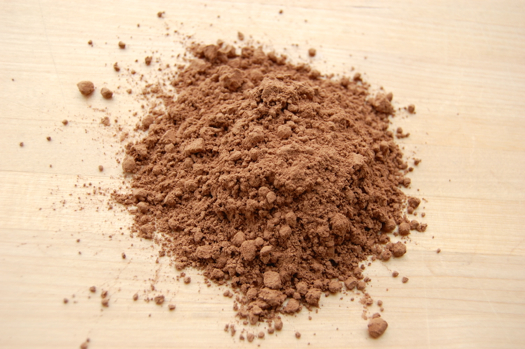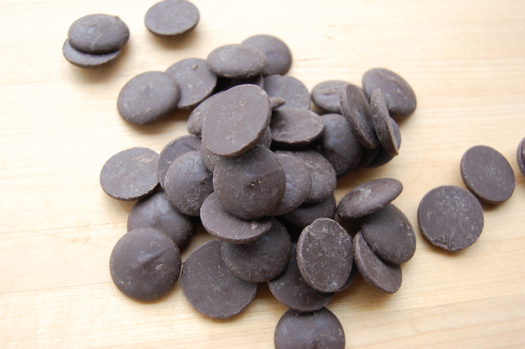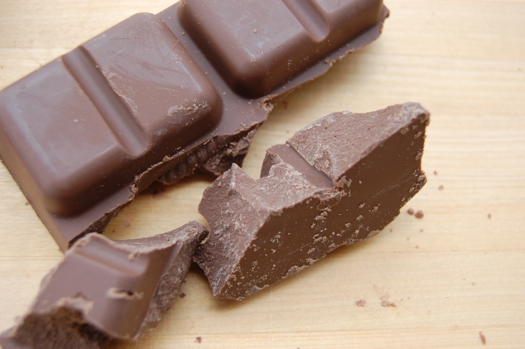Baking Powder

Baking powder is a leavening reaction in a can. It’s a combination of baking soda (sodium bicarbonate) and at least one other acid, usually two, and then a little cornstarch to absorb any moisture and prevent the reaction from happening prematurely. As you might expect it’s the combination of acids that determine the way the baking powder performs, since different acids react with the soda in different ways depending on the conditions.
READ ON




